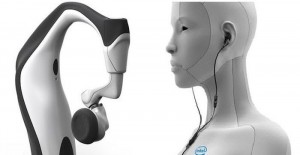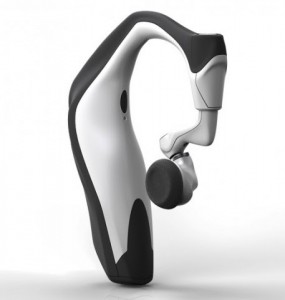



Voice recognition software has never been the problem. In actuality, it is more precise than ever. The true issue is computational. Desired information must be compressed, recorded, and sent to servers hundreds of thousands of miles away. Would you expect Siri to answer your question quickly or accurately enough if you knew what ‘it’ had to go through?



 Laptop & Tablet Parts
Laptop & Tablet Parts




















